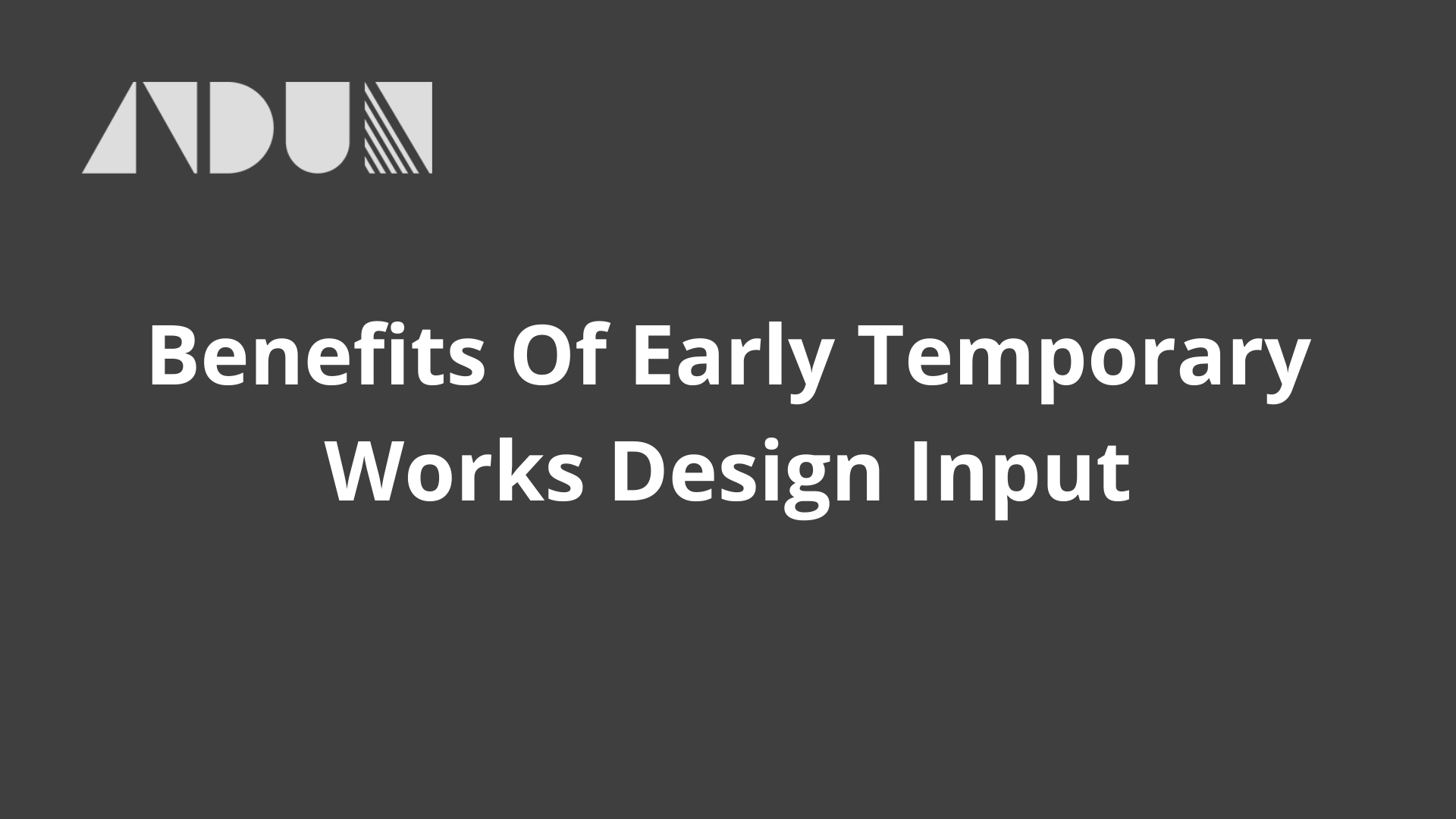Early temporary works design input can have a significant positive impact on the constructability of construction projects.
The goal of temporary works design engineers is to improve the constructability of projects.
This can be achieved by eliminating or reducing the amount of temporary works and designing programmes that utilise more efficient solutions.
As Temporary Works designers this means trying to achieve one or more of the below dependent on the drivers of the scheme.
- Eliminate Temporary Works
- Reduce them as far as possible
- Make them more cost effective
- Improve programme
- Reduce carbon cost
- Increase safety
Benefits of Early Temporary Works Design Input
The earlier that Temporary Works are considered, the more scope there is to implement the most effective and safe schemes.
This Temporary Works Forum graphic highlights how the earlier temporary works are considered the higher level of influence they have on the scheme and the impact that this typically has on costs.
When temporary works are considered relatively late into a project, there are often limitations caused by decisions that did not adequately consider temporary works or the impact they may have on the constructability of the project.
Leading to programmes that are more complex and costly than what could have been achieved with early temporary works design input.
Early design input allows engineers to analyse the existing structure, the programme drivers and proposed design methodology to identify the most effective and efficient design solution.
Effective solutions can reduce or eliminate temporary works, reducing material and labour needs whilst mitigating potential scheme clashes and timeline challenges.
It should be remembered that as temporary works do not remain when the permanent works are installed they are always an additional cost.
Reducing Construction’s Carbon Footprint
A reduction in costs invariably leads to a reduction in the carbon cost of a project.
There is an increasing focus within the construction industry to reduce carbon usage increasing the value of early temporary works design input.
On schemes we have worked on, early design input has eliminated or reduced the requirement for temporary works and the materials required to install them.
This is likely to have an increasing impact on the way in which schemes are evaluated as the industry pushes towards net zero


